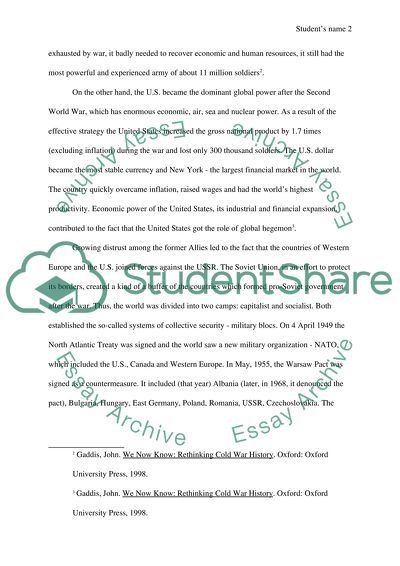Cite this document
(“Cold War Essay Example | Topics and Well Written Essays - 1000 words”, n.d.)
Retrieved from https://studentshare.org/history/1426006-writer-schoice
Retrieved from https://studentshare.org/history/1426006-writer-schoice
(Cold War Essay Example | Topics and Well Written Essays - 1000 Words)
https://studentshare.org/history/1426006-writer-schoice.
https://studentshare.org/history/1426006-writer-schoice.
“Cold War Essay Example | Topics and Well Written Essays - 1000 Words”, n.d. https://studentshare.org/history/1426006-writer-schoice.


